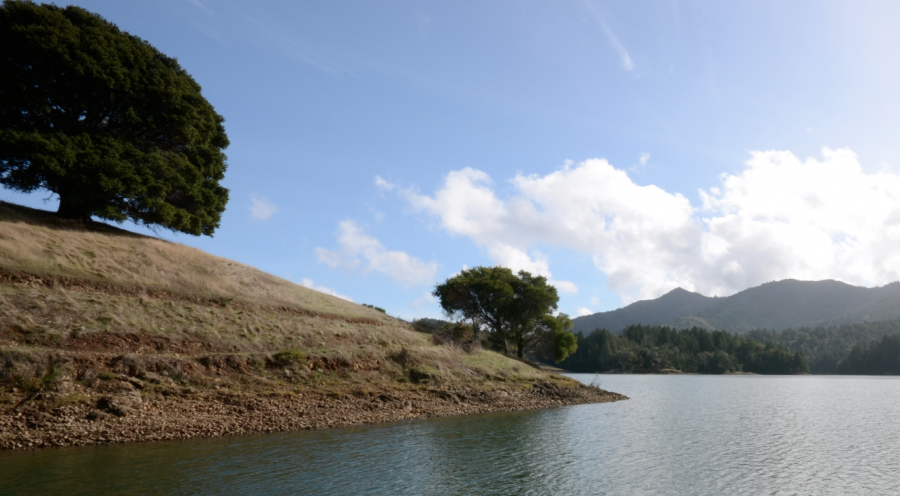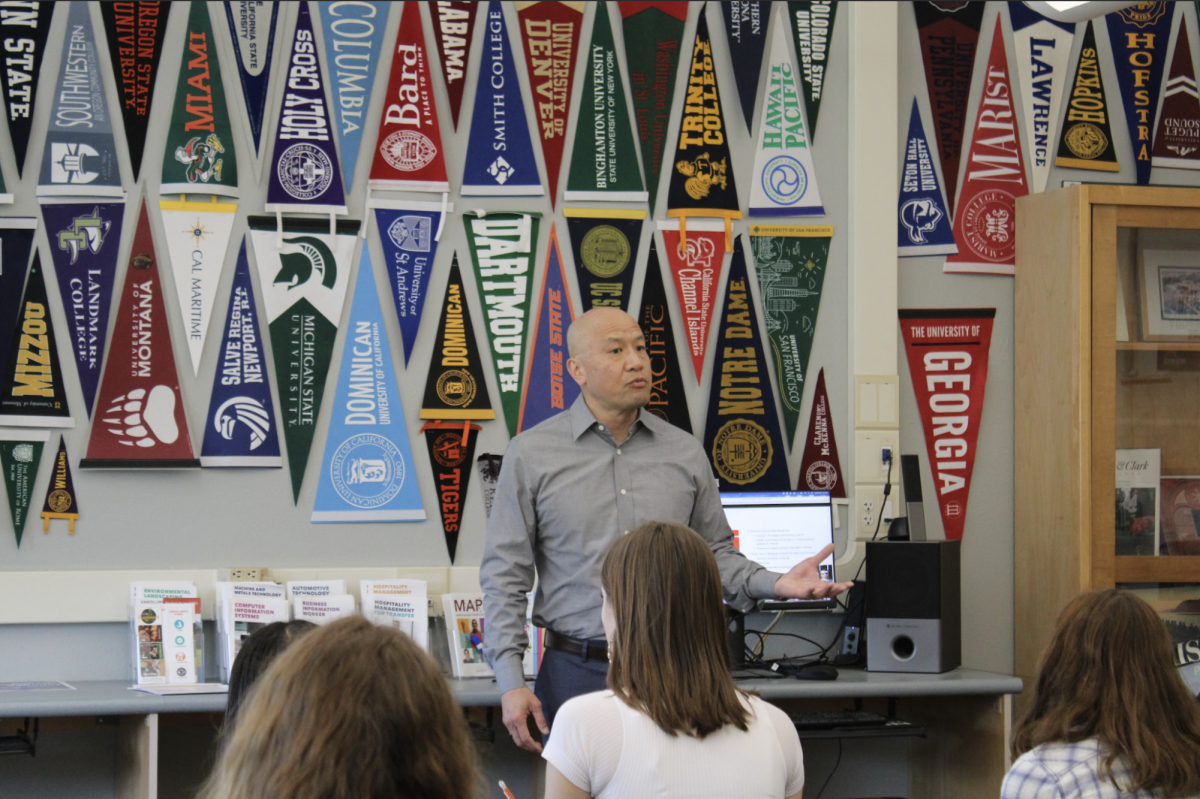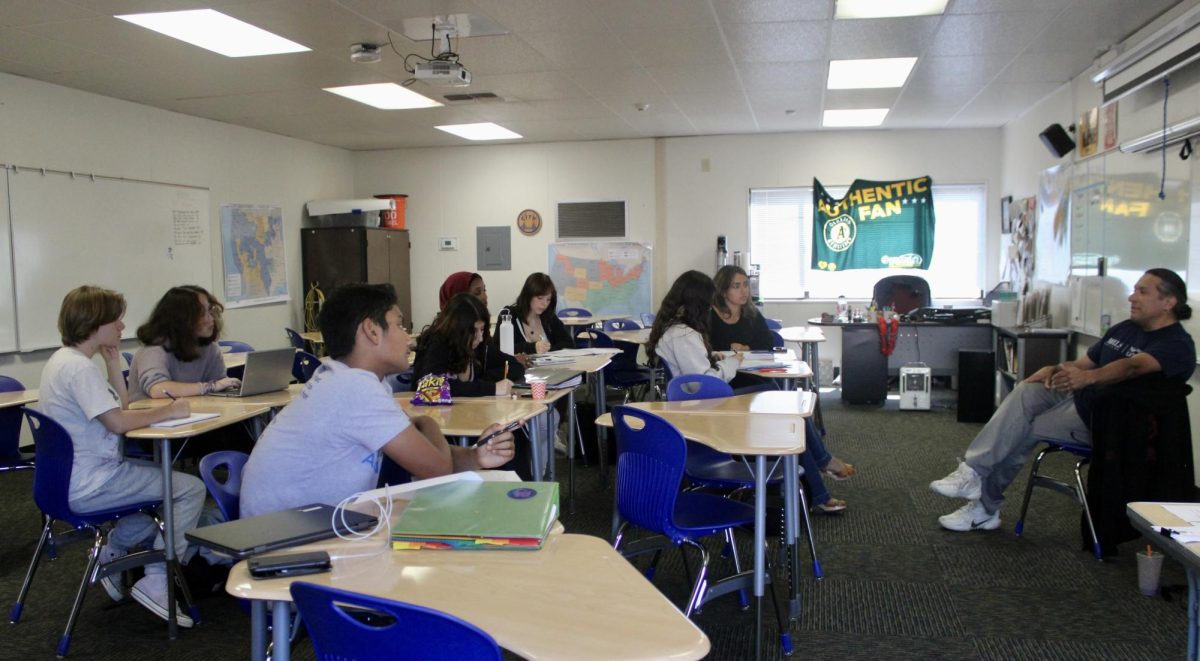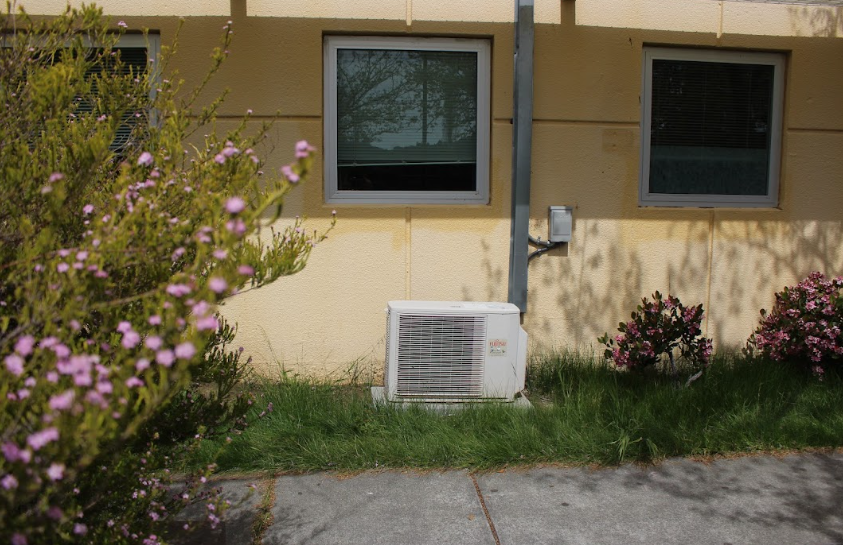Three weeks ago, AP Environmental Science and Ecology teacher Joe Stewart assigned his students to write letters to the Marin Municipal Water District (MMWD) regarding a controversial plan that the MMWD is considering.
The plan, known as the Wildlife Protection and Habitat Improvement Plan (WPHIP), attempts to reduce the risk and severity of wildfire, as well as to increase native biodiversity by combating invasive species. One version of the plan calls for the use of conventional herbicides, and is being met with concerns from the community.
“There are two significant environmental issues,” Stewart said. “On one hand you have invasive species, and they reduce biodiversity in the area because they tend to take over the area from specialized natives…The Marin Municipal Water District wants to support the native species, but the proposed idea is going to create an inflow of toxic chemicals, which can have other negative effects.”
The WPHIP presents two approaches to weed control around the Mt. Tamalpais, the Nicasio Reservoir, and the Soulajule Reservoir watersheds that are currently under evaluation.
The first approach calls for the use of mechanical equipment, manual labor, organic herbicides, and controlled fire to reduce invasive species. The second approach includes all aspects of the first approach, as well as the “limited” use of three conventional herbicides: triclopyr, clopyralid, and glyphosate (the active ingredient in Roundup).
In her letter to the MMWD, senior Kayla Kaufman urged board members to implement the version of the plan that does not include the use of these herbicides. According to Kaufman, the projected increased cost of this approach should not deter the MMWD from implementing it.
“One of the main things that we learn in our APES class is that what people don’t factor into cost is the ecological cost of everything that we do,” Kaufman said. “What people still don’t quite grasp is that the ecological cost is so much more significant than any economic cost. This is one instance where that is really vital to the decision-making. Yeah, it is going to be more expensive, but if you are going to factor in the effects on the ecological community then [the first approach is] so much better.”
The first approach is projected to cost around $5,600,000 per year, while the second approach is projected to cost around $1,600,000 per year. Both of these costs significantly exceed the MMWD’s current vegetation management budget of approximately $875,000 per year.
According to Janet Klein, the MMWD’s Natural Resource Program Manager, the plan ranks the specific actions within it by priority, and the MMWD would work its way down the priority list until it no longer has the funds to do so.
Although the second approach is expected to reduce the number of invasive species more effectively, its methods could have new environmental consequences, including the contamination of Marin’s water supply and the harming of untargeted native species.
“What I hear from people is that they’re most concerned about water quality, and the water district is absolutely in agreement with them there,” Klein said. “Other people will speak to potential risks around wildlife, particularly amphibians, because there is a lot of information and studies that show that inappropriate use of herbicides can pose a risk on that front. But in general when people talk about it, they’re concerned about their own risk.”
Proponents of the second approach argue that the potential risk associated with the herbicides is minimal, it is far cheaper, and it is more effective at removing nonnative species and minimizing the risk of wildfire.
Those who support the first approach argue that the potential for water supply contamination is not worth the risk and is well worth the extra monetary cost. Additionally, they argue that the use of conventional herbicides could harm native, non-targeted plants and therefore hurt biodiversity.
“Using herbicides would give us more flexibility, more speed, and the ability to cover more ground in any single year,” Klein said. “But we are going to have to weigh that against some of the downsides of herbicides.”
Currently, the MMWD is conducting an environmental impact report (EIR), which will present the potential harm for the surrounding environment and citizens.
“We’ve gotten between 200 and 250 comments submitted in the first phase of the EIR,” Klein said. “The public is really interested…In general, everyone wants to make sure that we are protecting our water quality, protecting our communities, and protecting the plants and animals that live on the watershed. We see a lot of concern over the herbicide issue, because a lot of people are really aware of the downsides of that—that herbicides come with risk. But we also see a lot of concern on the wildfire front. People really know a lot around here about the risks posed by endangered species and posed by wildfire.”
The MMWD Board will discuss the plan further after the environmental impact report is completed in the summer of 2013.


















